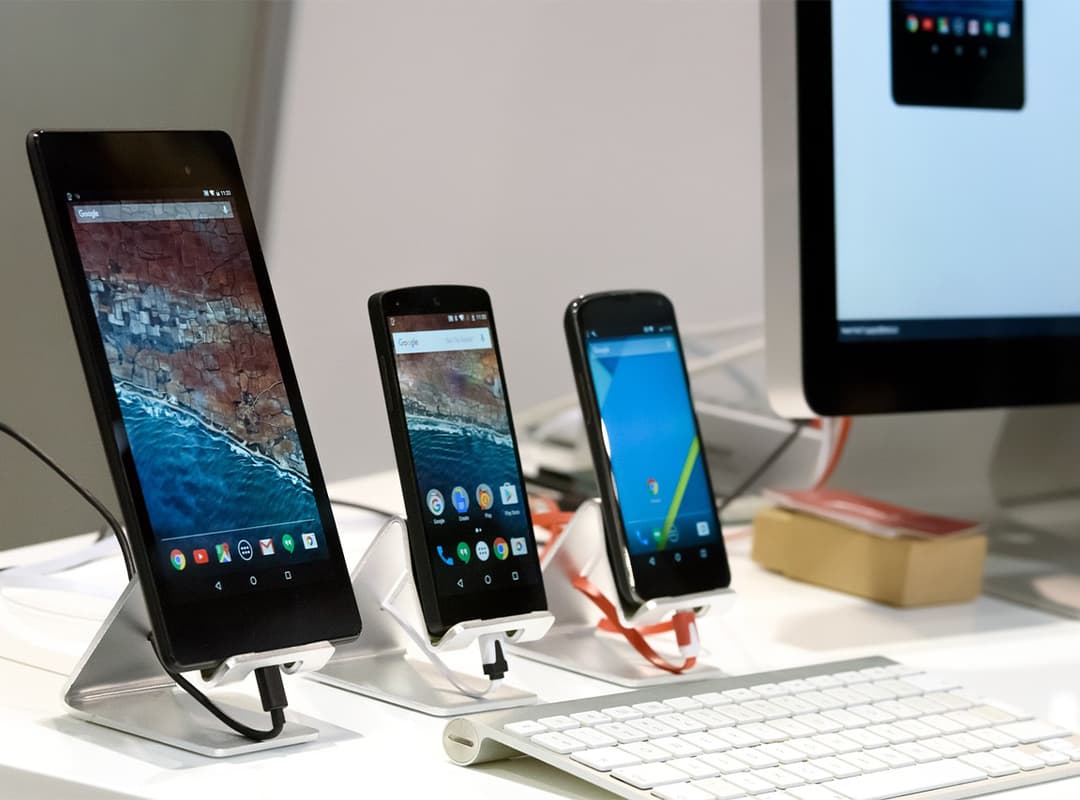The first version of Android, called Android 1.0, was released on September 23, 2008. A few months after the release, the OS received Android 1.1 update focused on bug fixing, and starting with Android 1.5, the name of each subsequent version of the system began to receive a prefix with the name of confectionery products. For example, Android 1.5 Cupcake.
The second version of Android 2.0 appeared on October 27, 2009, offering the ability to use multiple Google accounts, support for Bluetooth 2.1 and an updated interface. Work on the third generation was delayed, so several interim updates were released before Android 3.0 was released in February 2011, with features as important and indispensable today as copy/paste, live wallpaper, equalizer, NFC and multi-camera support.
Android 3.0 itself learned to work with multi-core processors and set the trend of releasing one major update each fall or late summer. And here’s a look at what Android versions followed the 3.0:
- Android 4.0 (2011). Tablets and smartphones started using a common shell, multitasking was improved, and the camera learned to take panoramic photos;
- Android 4.1 (2012). Along with updates 4.2 and 4.3, this OS brought support for predictive and gesture typing and Miracast;
- Android 4.4 (2013). It was this version that brought caller ID, web apps and pedometer on the phone;
- Android 5.0 (2014). The main innovation was Material Design – the interface format used until Android 12. There was also a function to activate the screen when you pick up the smartphone, new switches in the notification bar and launch the camera from the lock screen;
- Android 6.0 (2015). The Android Pay payment system, later renamed Google Pay, and support for fingerprint scanners became available;
- Android 7.0 (2016). Split-screen mode, traffic-saving feature and notifications grouped by app appeared.
- Android 8.0 (2017). The operating system now remembers entered logins and passwords to autofill data, supports picture-in-picture mode and delayed notifications;
- Android 9 (2018). Starting with this update, Android adapts battery and brightness performance based on your preferences, provides access to “Digital Wellbeing” and support for the HEIF format;
- Android 10 (2019). Only this version brings gesture control, quick reply to messages in the curtain, and Family Link, a proprietary parental control app;
- Android 11 (2020). Pop-up chats, screen recording and smart folders appeared;
- Android 12 (2021). The main innovation is the Material You design. Among the functional changes: personalization of the color of widgets and icons depending on the background and support for vibration in games;
- Android 13 (2022). Language customization for individual apps and support for spatial audio.
